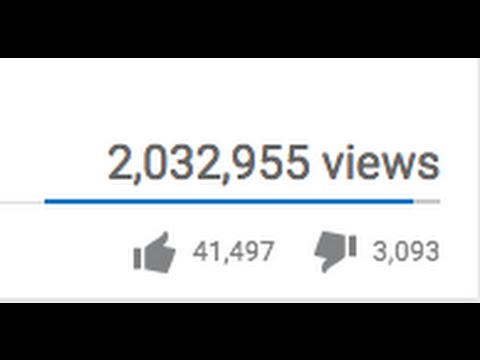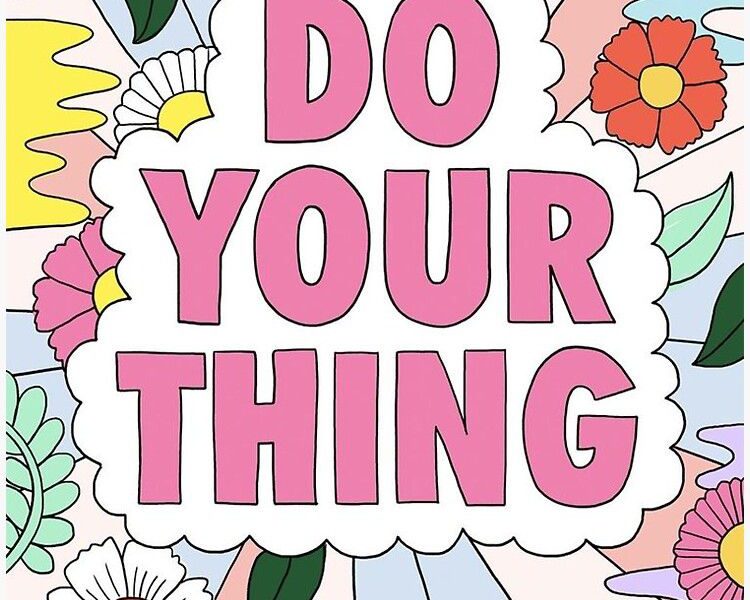I know that everyone wants to be financially free, to be able to do what they want, be their own boss, and control their own time. Many people take the approach of jumping head first into a business, even when their finances are in dire straits. On some occasions, that can work, but the first step is to know where you stand before you act.
Know Where You Stand
Take a look at your financials: if you have a lot of debt and you’re “bleeding” money or you don’t know what your financial situation really is, you must first prepare an in-depth breakdown of all of your incomes and expenses. Figure out how much you spend on each expenditure, such as clothing, mobile, electricity, rent, gifts, loan interest, gas, food, theatre, etc. Add all your expenses up and this is how much you spend a month. Deduct that amount from the sum of your income(s) and this is your bottom line.
If you’re in the black, good job! You may skip to part two of “taking action” (though I recommend going through everything anyway).
The 80-20 rule
Now we’re going to check how much you spend on the least vital categories and see if it works by the 80-20 rule.
The 80-20 rule states that 80% makes a product good, and the last 20% makes it perfect, but overall, you will apply 80% of your efforts on that 20%. The same thing applies to managing our financials, only backwards – we need to focus 80% of our money on the 80% that contains the most important expenses. The remaining 20% can go to the “wants” or savings.
To know if you’re currently following the golden rule, do the following with me:
Write your expenses in a vertical column in groups – from the most important ones at the top, the ones you can’t give up on such as your mortgage payment/rent; to the least important ones, such as vacations, entertainment, gadgets, etc.; and write the amount you spend next to each category.
Now, go from the bottom and add up the amount you spend on the last 20% of the categories (would be around 5-10 categories on average, depending on how your group them).
There can only be 3 options regarding these 20% categories and their expense amount:
- You spend less than 20% of your overall expenses in these categories
- These categories are mostly essential things (you almost never splurge)
- You spend too much on things you can’t afford to spend your money on (you spend more than 20% of your overall expenses in these categories)
Take note: A single month is not an indicator! You need to do the same process for at least 3 months and look at the AVERAGE each of those categories expense.
Here’s an example of a 3 month expenses averages:

Taking Action – Part One
Now that you have an idea about your expenses, you can take action. If you fall under number one or two above, you can skip this step and move to Part Two.
Try to reduce/eliminate expenses in these 20% categories while keeping your sanity. Don’t remove your date nights completely, but try to change them into something more minimal on the expenses, for example:
Instead of going out to a restaurant and spending around $40-$100 on a meal, go to a park and have a picnic.
OR Instead of buying new books, try trading your books for other ones, subscribe to a library, or find giveaways in forums.
A decent start will be a reduction of about 10% in the average expense amount of these 20% categories. If you can do more than that, that’s even better!
Taking Action – Part Two
Now, we’re going to work to reduce our amount of debt, by using the money we have left over/saved from cutting some costs. I want to emphasize that this is something that you need to do if your debt is large and is eating at your wallet. This is not something that you have to do if you live comfortably and/or your debt is generating income for you at a very low interest.
Rank your debts, which may include loans, mortgages, IOUs, etc., by their interest rate.
You should start putting some of the money you’re saving into paying off those debts with high interest in order to reduce monthly expenses and save more money. It basically compounds the money you save each month.
I’m saying part of the money because we also should have some money save for emergency occasions, so that if you have a hard month with lots of unexpected expenses, you won’t have to take on a loan and start paying high interest on it.
The saving account for the emergency fund should be fluid. You should be able to dip into your savings and take the money within a few days of giving the order. This account will not yield a lot of interest, but it will give you some comfort and confidence knowing that you are prepared for unexpected events.
Taking Action – Next Step
After you’ve paid off your major debts, you’ll want to still go over your finances constantly and use money you save – instead of having to pay off loans (assuming we’ve already paid them off) – to invest and use that money to generate more money.
We’ll get to the best ways to do that in the future. We have a lot of investment vehicles at our disposal, but it’s too much to cover in a single thread.
Recap
- Know where you stand – get in depth with your expenses, divide them into sections by importance and get the average of at least 3 months of each section (the last one most importantly)
- Cut some expenses in the last section
- Use the money from the cut expenses partly to pay off high interest debt and partly to save in an emergency fund
- After you’ve paid off your debts, put part of the money into the emergency fund and part of it into an investment account
I hope this helps you get started toward financial independence!
See you in the next post,
Dekel


